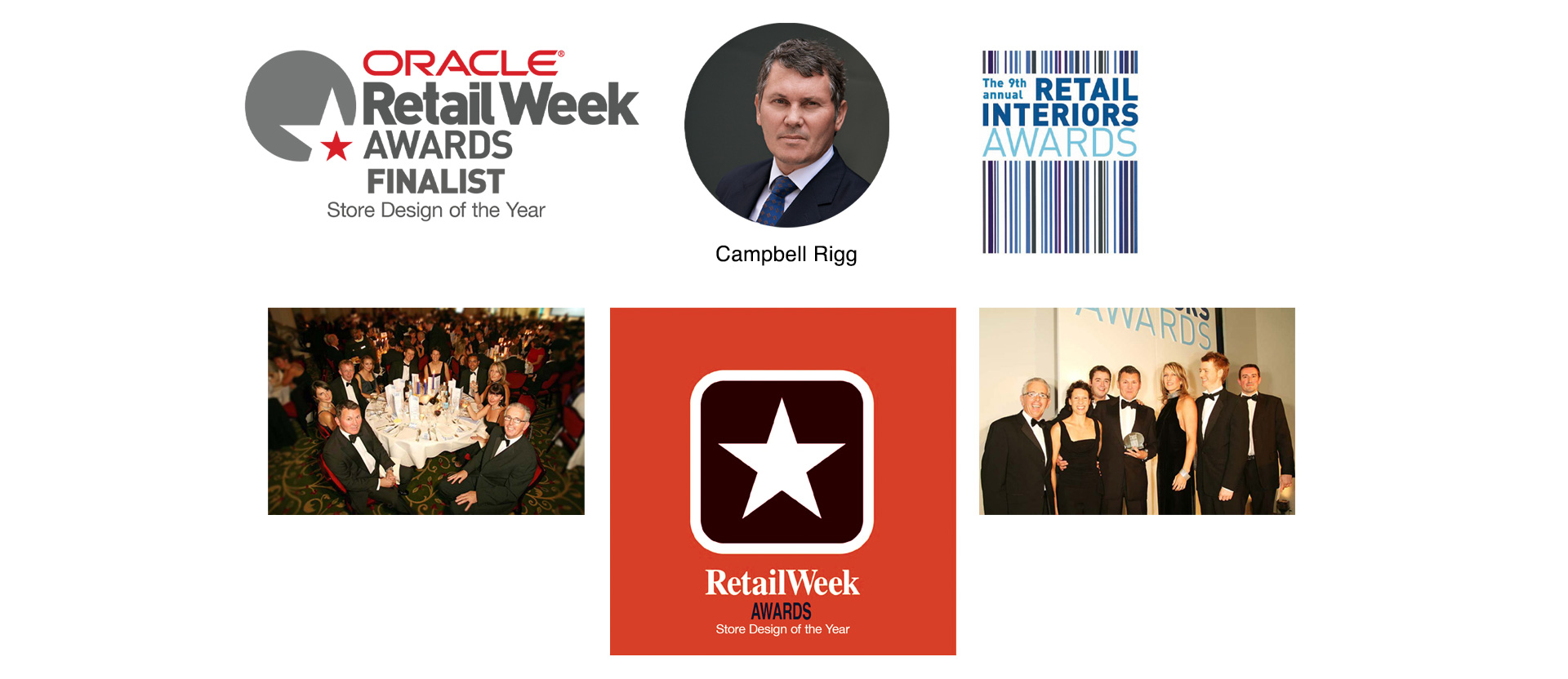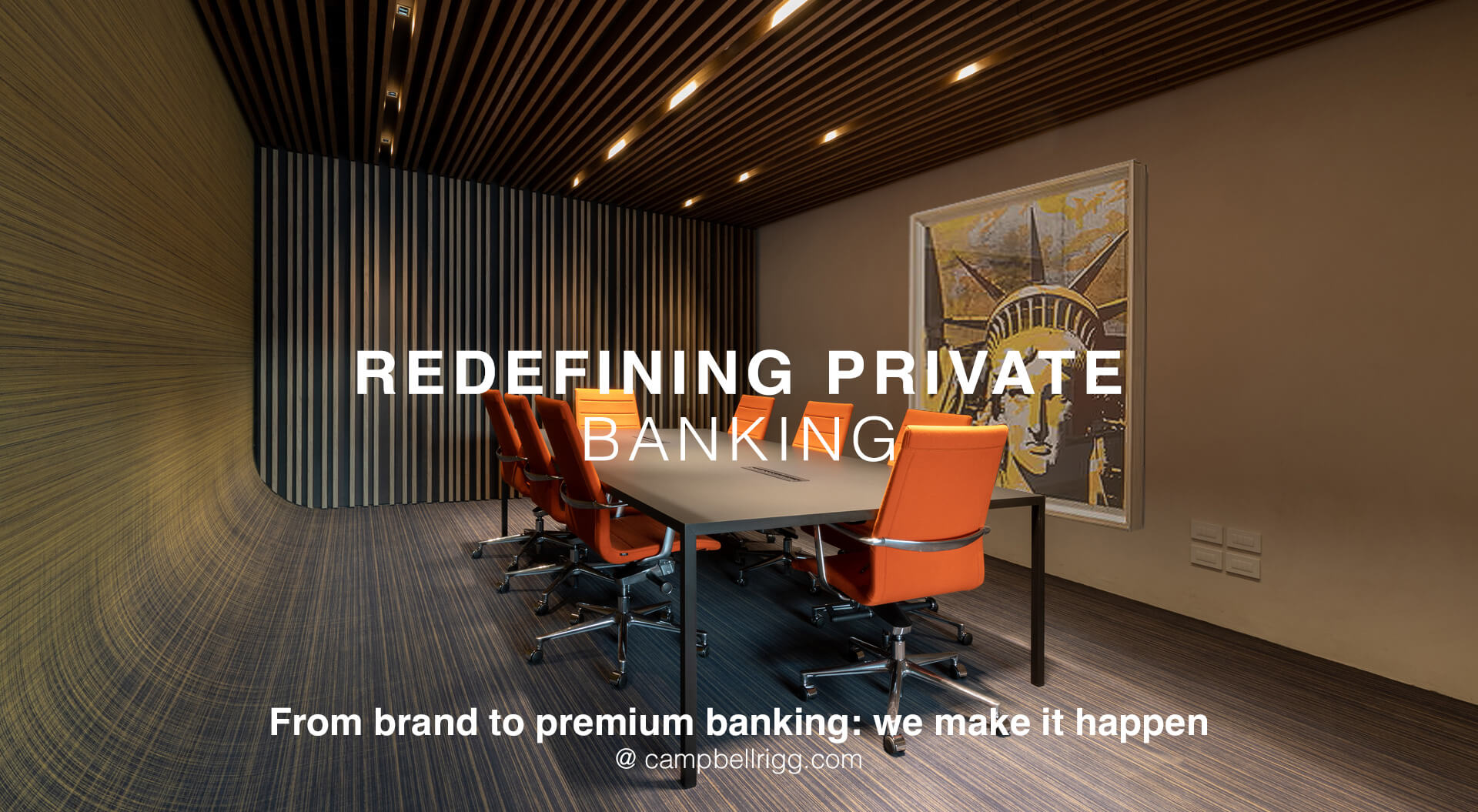News and Views
Future of Retail Banking: Urban, Modular & Digital design
Modular Banking: Co-Working Branches & Kiosks in Europe
Across Europe, financial service environments are undergoing a major shift, with industry procurement briefs reflecting a growing demand for adaptable, space-efficient, and digitally integrated formats. As traditional branch networks shrink and digital banking rises, financial retailers are seeking to extend market penetration through urban micro-branches, airport kiosks, and pop-up banking experiences. These compact, high-impact formats aim to maintain physical presence, build trust, and offer personalised services while addressing cost efficiency and customer convenience.
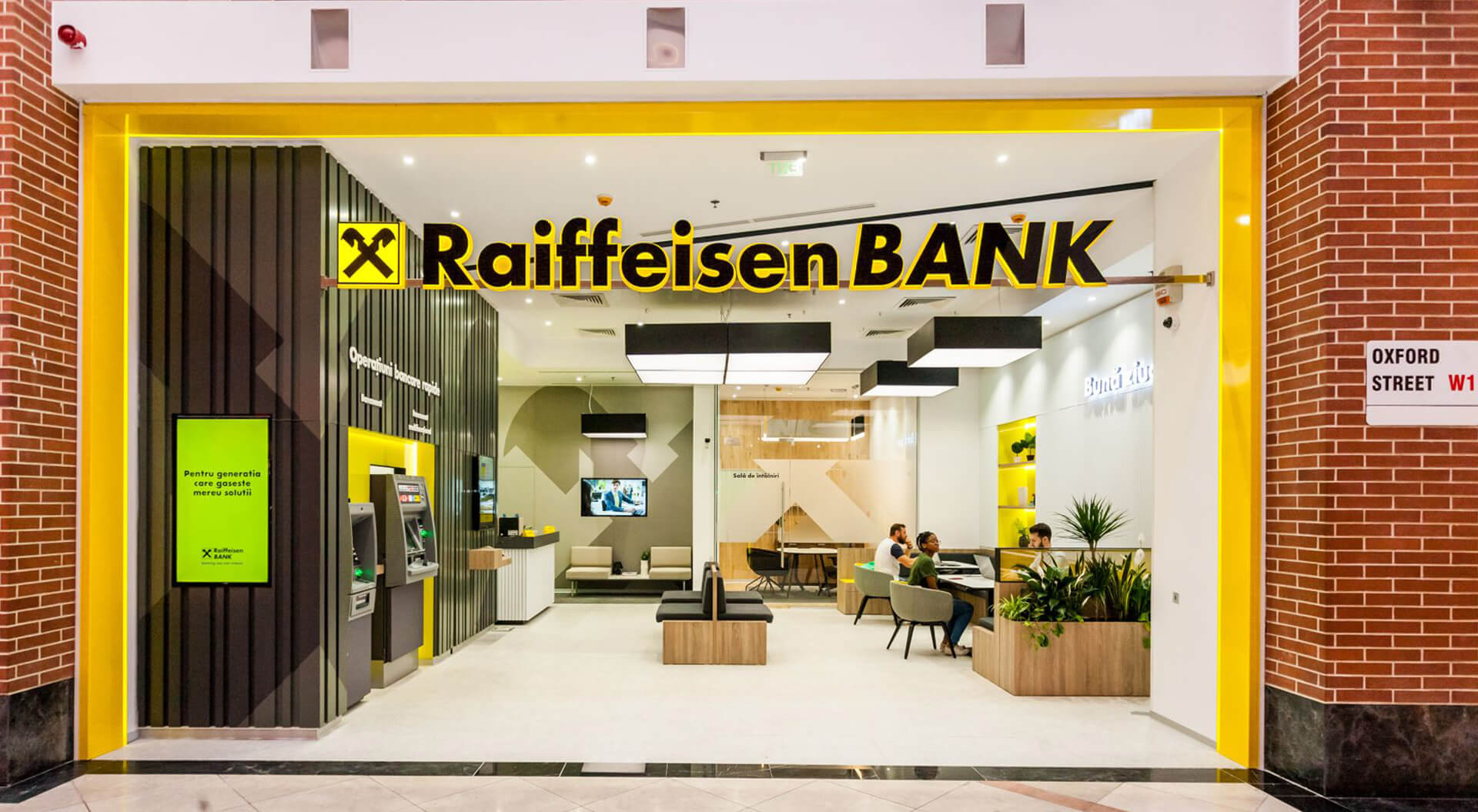
The future of European retail banking is defined by three converging customer segments reshaping branch strategy, micro-format deployment, and phygital service innovation. Urban Digitals (ages 18–40) expect seamless mobile-first banking supported by compact micro-branches, fast advisory pods, biometric onboarding, and self-service kiosks that enable financial autonomy.
Families & Everyday Banking Users (ages 30–60) demand reliability, in-person reassurance, financial guidance, and accessible neighbourhood formats such as micro-branches, mall kiosks, and airport units for travel-related services. They value privacy, personalised advisory zones, and integrated digital–physical journeys. SMEs, Freelancers & Mobile Professionals require co-working enabled branches, modular consultation areas, business banking support, and extended-hour service hubs in high-footfall locations.

Across all groups, customer behaviour reveals a shift from “large legacy branches” to modular, frictionless, high-convenience environments. Banking customers now prefer fast service, transparency, sustainability, and multi-channel consistency. Brands that deploy flexible micro-branches, pop-ups, and airport kiosks gain relevance by meeting customers where they live, travel, and work—creating a more accessible, service-driven banking ecosystem for 2026–2027.

Retail banks across Europe face shrinking branch networks, declining footfall, and rapidly rising customer expectations for fast, intuitive, digitally supported services. Large legacy branches are costly, underutilised, and poorly aligned with today’s mobile-first habits. Customers increasingly expect hyper-convenient access points, micro-branches, kiosks, and co-working banks, with seamless digital onboarding and personalised advisory. Without strategic redesign, banks risk losing relevance, eroding trust, and falling behind competitors deploying modular, scalable formats that improve customer reach and operational efficiency.
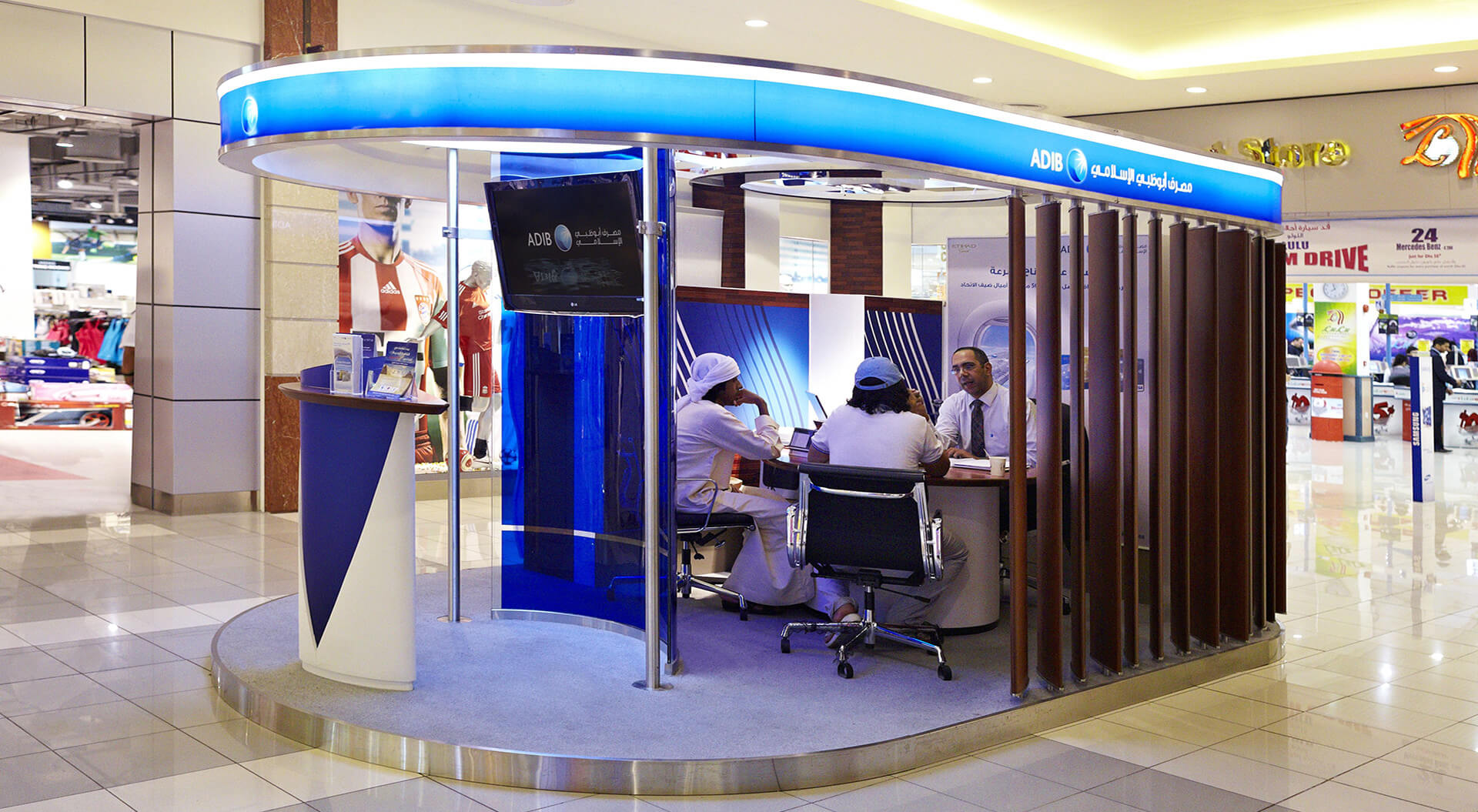
The Answer:
The solution lies in transforming the branch network into an ecosystem of modular micro-branches, airport kiosks, pop-up banks, and phygital advisory hubs. These formats use smart technology, collapsible consultation zones, dynamic digital interfaces, and biometric security to enable fast onboarding, private advisory, and consistent branding at any scale. Supported by omnichannel experience design, they extend market reach, reduce operational costs, and provide customers with convenient, personalised service—anytime, anywhere—delivering the future of banking through agile spatial strategies.
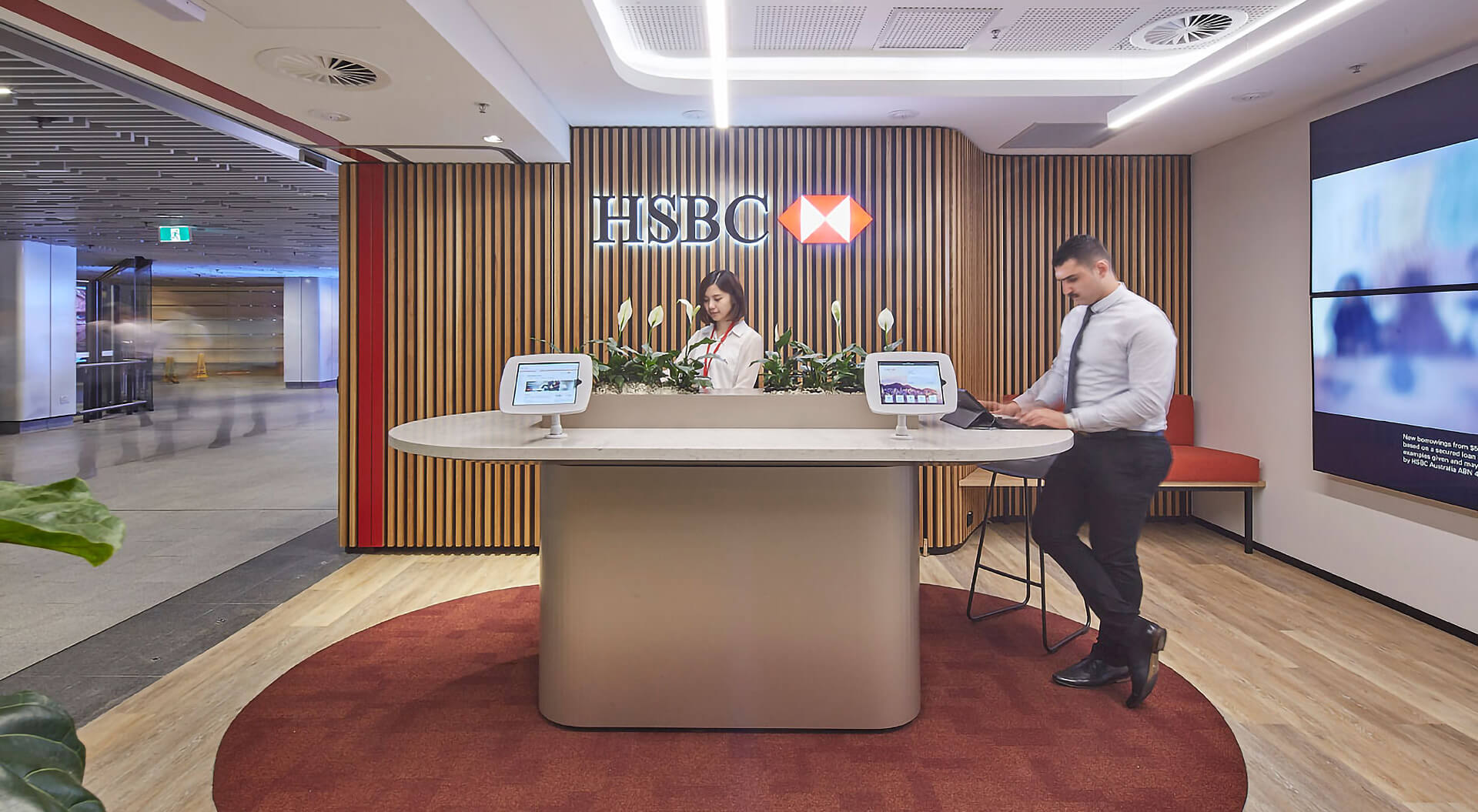
Customer Experience Trends in the Phygital Space:
Phygital banking merges digital convenience with human reassurance. Key trends include biometric access, touchscreen self-service, video-advisory booths, AI-guided financial discovery, and modular consultation pods. Micro-branches integrate smart queuing, mobile-to-branch continuity, and interactive learning zones. Pop-ups enable education and onboarding, while airport kiosks provide instant travel, FX, and insurance services. Customers want frictionless journeys, privacy, speed, and trust, delivered through adaptive, multi-sensory spaces that feel modern, accessible, and personalised.
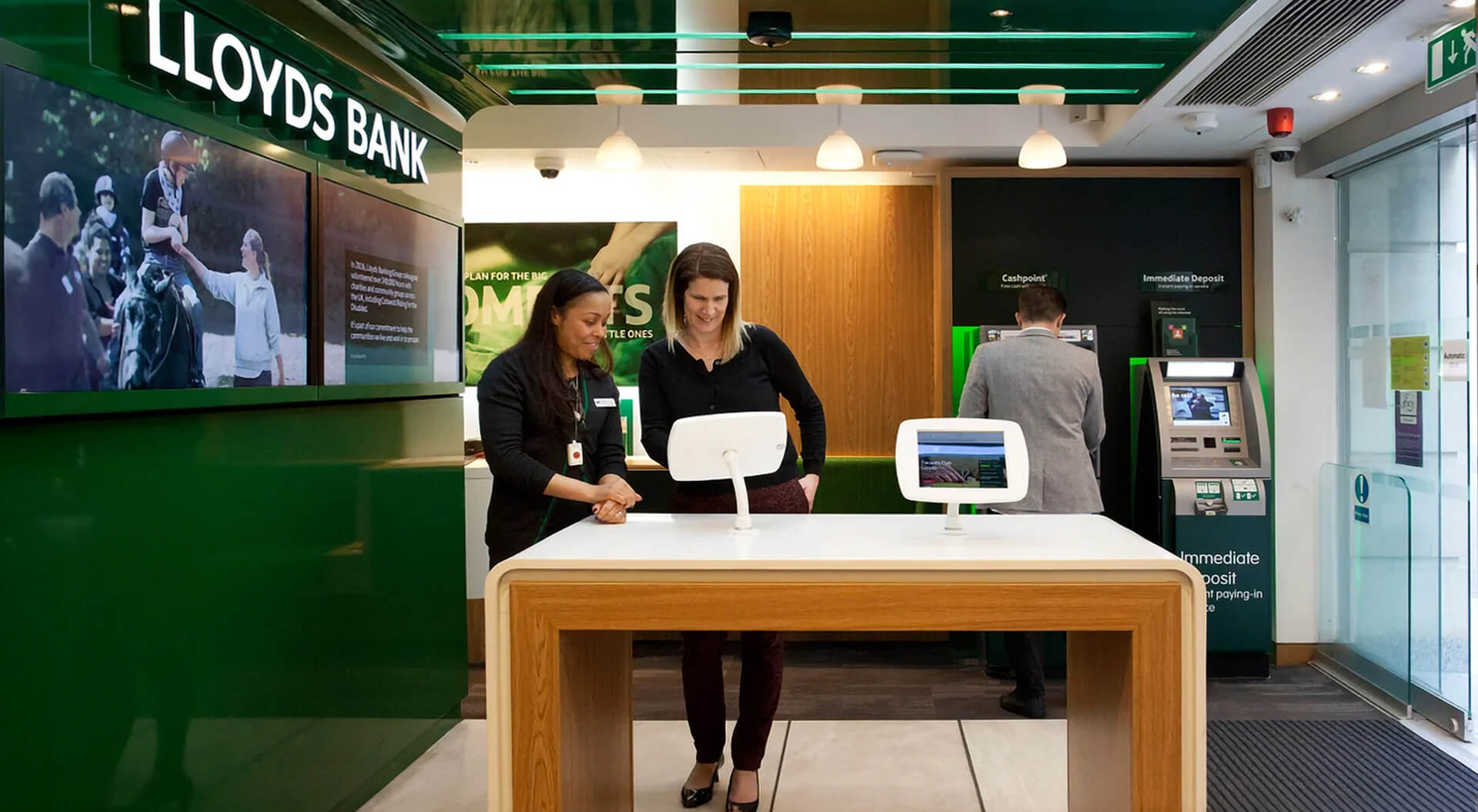
Our Focus and Expertise:
CampbellRigg specialises in designing future-ready banking environments that integrate brand strategy, spatial design, omnichannel journeys, and digital innovation into one seamless ecosystem. We create scalable micro-branches, airport kiosks, pop-ups, co-working formats, and modular consultation zones that enhance accessibility and brand trust. Our expertise spans retail banking design, customer experience architecture, UX-integrated environments, and rollout consultancy. We help financial institutions increase reach, reduce costs, grow loyalty, and deliver meaningful phygital banking experiences for 2026–2027 and beyond.

Flexible and Scalable Micro-Formats:
Urban micro-branches, typically under 100 sqm, are now a strategic tool for targeting high-footfall, high-density locations. These formats require modular furniture systems, integrated technology, and collapsible consultation areas that can be scaled or repositioned as needed. Financial institutions such as Santander and UniCredit are investing in portable or easily replicated formats that reduce build time and cost without compromising brand presence. Campbell Rigg has responded to these needs by designing modular, pre-fabricated branch concepts that support fast roll-outs across multiple urban touchpoints.
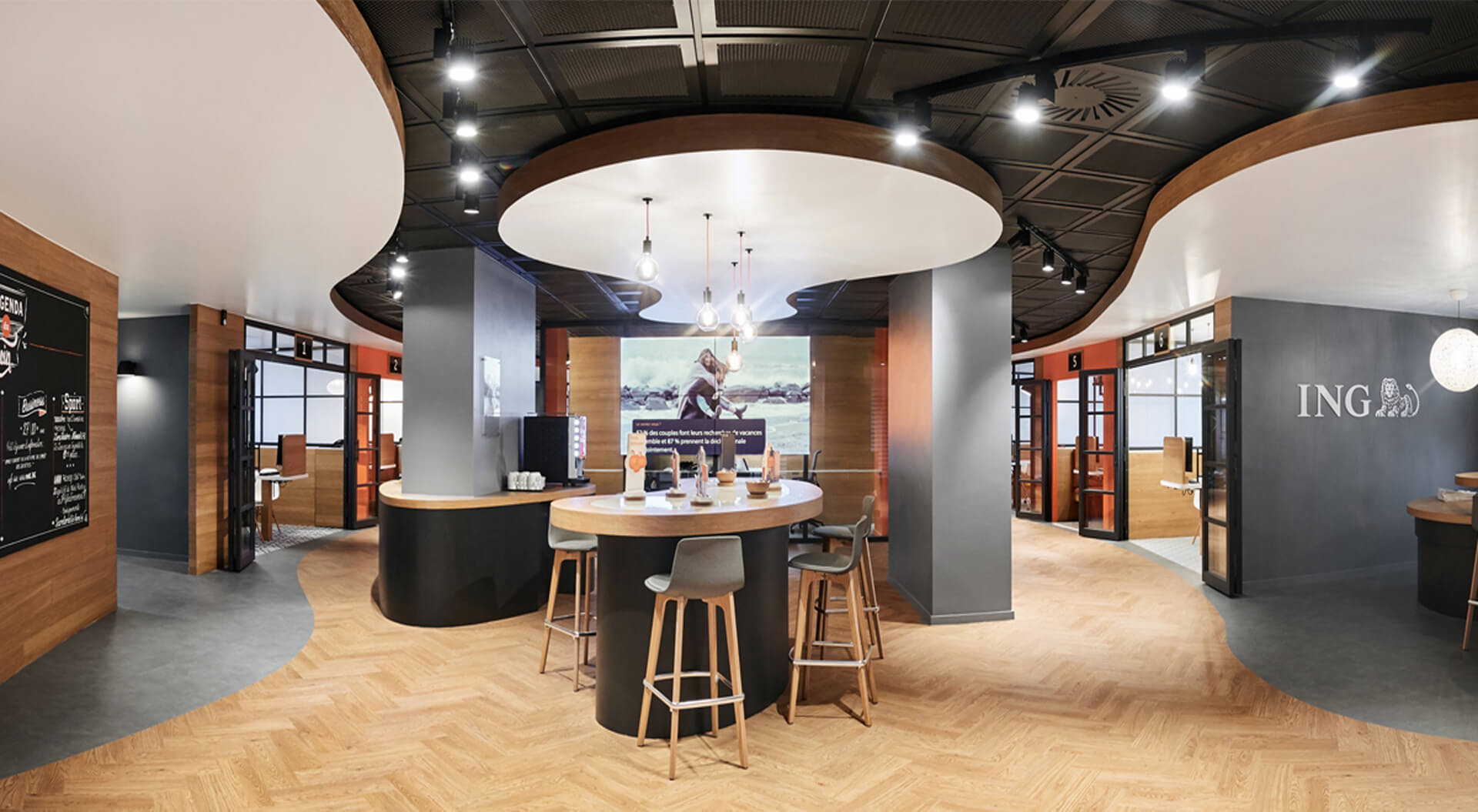
Branded Consistency Across All Formats:
A critical challenge is ensuring brand identity remains consistent across varying sizes and formats. Campbell Rigg’s approach ensures design cohesion from flagship branches to portable kiosks, using colour palettes, digital content, and service touchpoints to reinforce trust and professionalism.
With decades of experience in designing for international banks—including HSBC, BNP Paribas, ING, and Sberbank—Campbell Rigg provides end-to-end services, from brand strategy and spatial concept development to fixture design and rollout consultancy. Our expertise helps financial retailers unlock new markets through design that is agile, impactful, and deeply connected to evolving customer expectations.
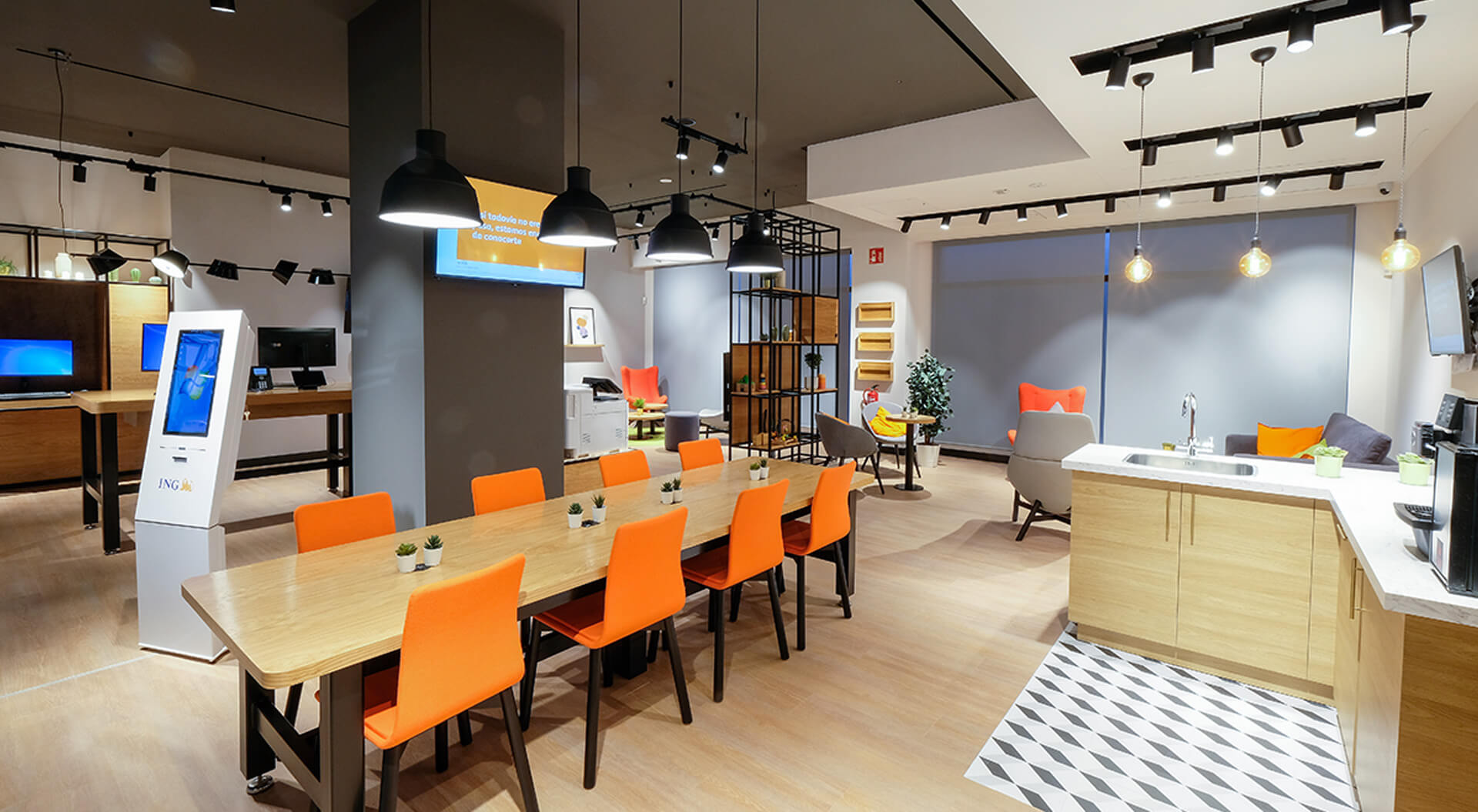
Digital Integration and Self-Service:
Compact formats increasingly rely on digital-first infrastructure, including touchscreen kiosks, mobile integration, video conferencing booths, and smart queuing systems. This technology not only enables 24/7 self-service but reduces staffing needs while maintaining brand engagement. At Campbell Rigg, we create intuitive UX flows across physical and digital environments, ensuring the customer journey is seamless from smartphone to micro-branch.
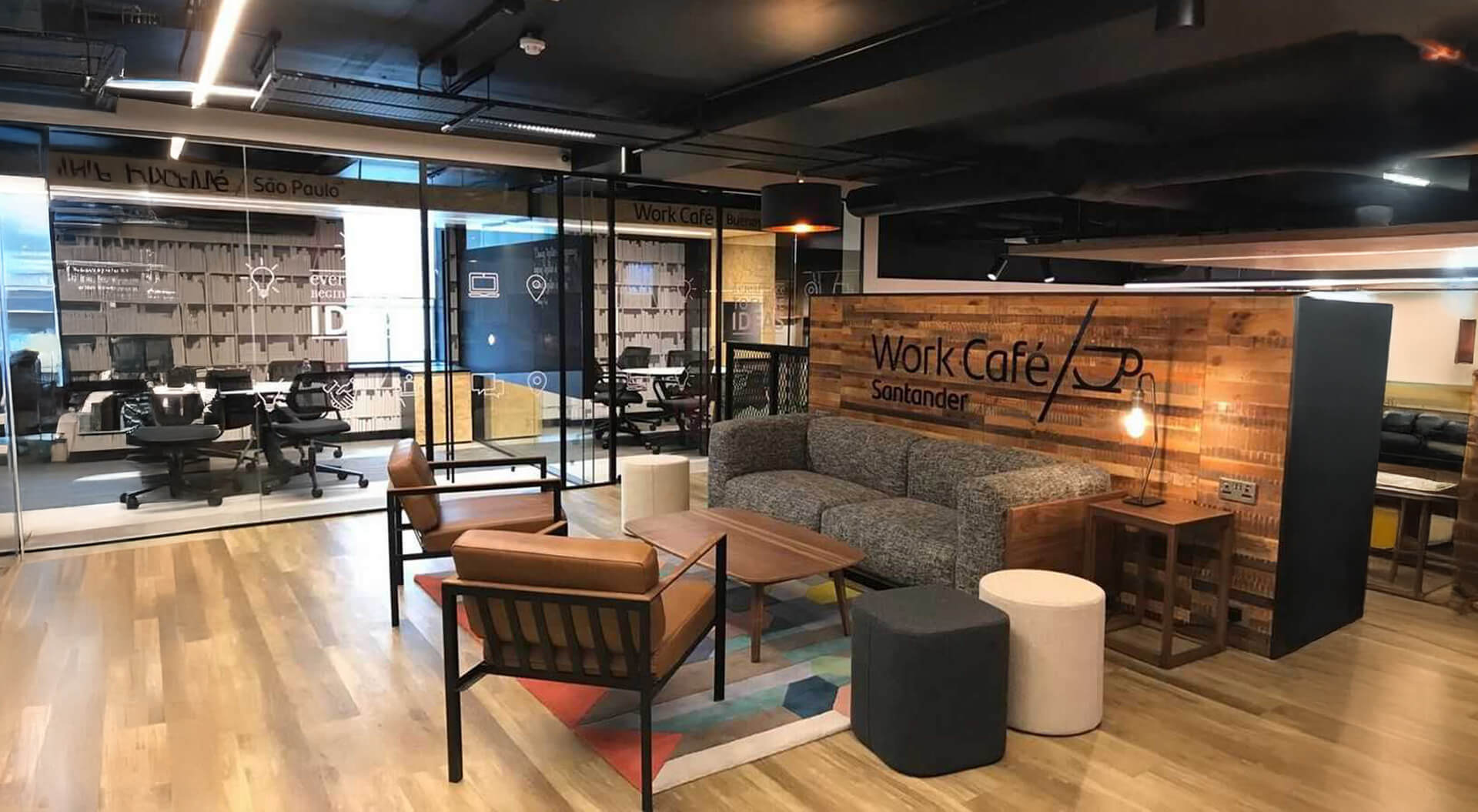
Our Four-Step Process:
1. Book a consultation call for free
2. Co-create a bespoke brief
3. We execute the creative work fast
4. You see sales, brand loyalty and market share uplift

SCHEDULE A CONSULTATION TODAY.
COST-EFFECTIVE EXCELLENCE:
Our pricing structure is highly competitive, offering exceptional value without compromising on quality or creativity.
RAPID EXECUTION:
We move fast. From concept to implementation, our agile team ensures your project is delivered on time and to the highest standards.
MULTIDISCIPLINARY EXPERTISE:
Our team brings together seasoned brand strategists, architects, interior designers, and graphic designers, collaborating to create seamless, end-to-end brand environments.
GLOBAL REACH, LOCAL INSIGHT:
With successful projects delivered across Europe, the Middle East, and Asia, we combine international experience with local market understanding.
SCALABLE PROJECT DELIVERY:
Whether it's a major digital marketing and branding campaign, we manage and execute projects of all sizes, efficiently and effectively.
PROVEN TRACK RECORD:
From retail banking to luxury private client lounges, our designs drive engagement, elevate customer experience, and deliver measurable commercial results.
FULL-SERVICE CREATIVE AGENCY:
From rebranding and marketing campaigns to spatial design and rollout, we provide an integrated service tailored to your goals.
